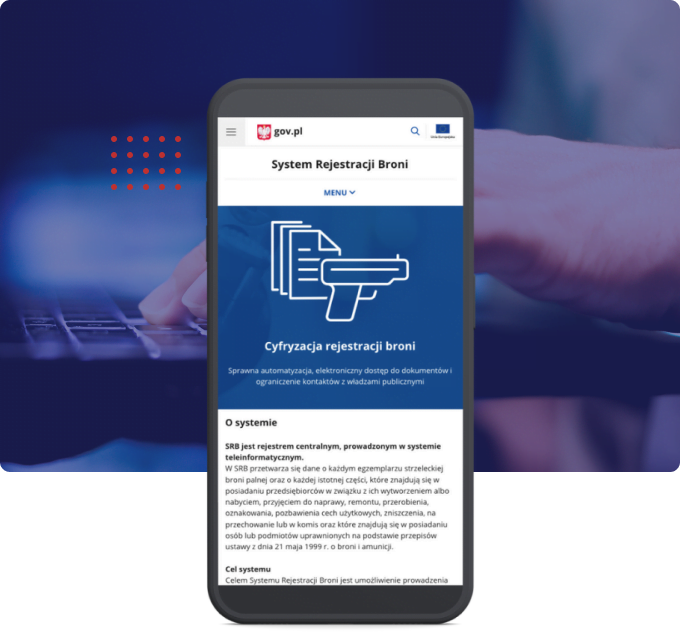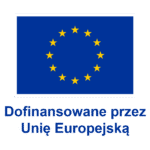What was the business need?
In the project, we acted as an advisor, a so-called Contract Engineer. The client had a technical and business team, but lacked technical specialists. The main motivation was the need for the Contract Engineer to support the client by filling gaps in areas where the client’s team felt less confident.

What was the challenge?
- The use of the Open Contracting Data Standard (OCDS) was a key element of the project. Since specialists in this field are scarce in Poland, we were able to showcase our expertise and experience.
- Regular substantive analysis of extensive project documentation (security, technical, business, analytical, maintenance, infrastructure, testing, and user documentation).
- Verification of whether the delivered functionalities met the specified requirements.
What was the solution?
As the Contract Engineer, we acted as specialists supporting both the client and the contractor in verifying and testing the solution.
Our role in the UZP project included:
1. Analyzing and verifying the project solutions proposed by the platform contractor.
2. Providing expert support to the client in assessing the consistency and completeness of the prepared solutions, including compliance with WCAG 2.1.
3. Ensuring architectural compliance with requirements throughout all stages (from design to implementation), particularly guaranteeing that the solution:
a. Could be deployed in the cloud and migrated if necessary.
b. Was modular, based on microservices, and utilized APIs.
c. Was scalable, ensuring necessary security, performance, and quality mechanisms for the UZP Platform.
4. Verifying the completeness and quality of documentation as part of contract execution.
5. Participating in testing and acceptance of project deliverables at each stage, including verifying internal test plans prepared by the contractor, covering:
– Infrastructure penetration testing
– Application penetration testing
– Code review to identify potential security vulnerabilities
– Performance testing
– Load testing
6. Assessing the security audit implementation, ensuring completeness, quality, and adherence to best practices.








